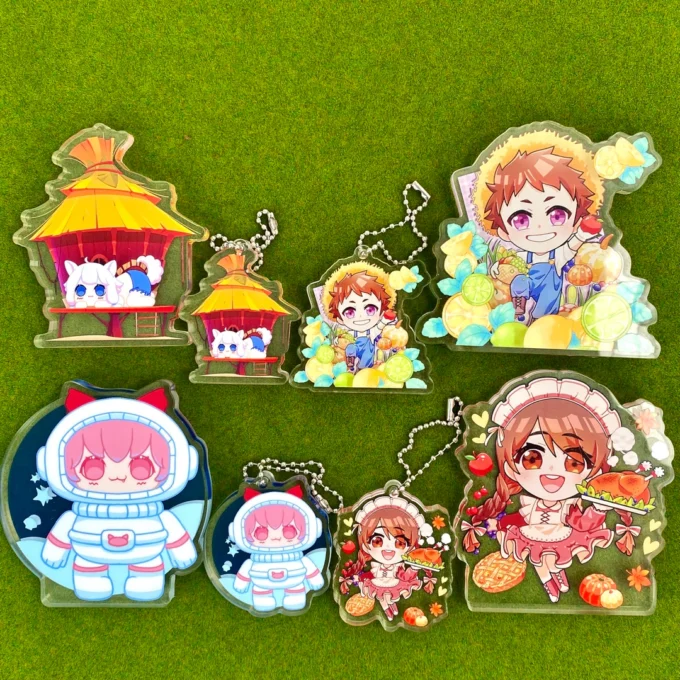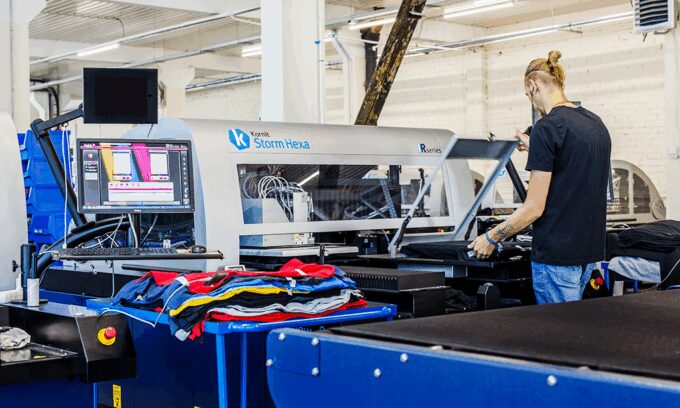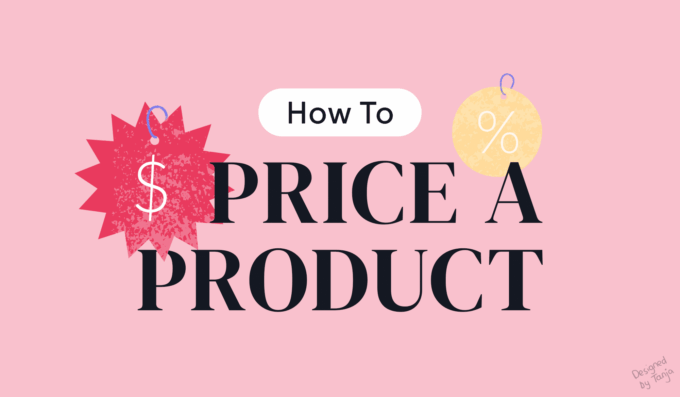Turning your artwork into products people want to own isn’t just a dream—it’s absolutely possible with the right approach. As someone who’s spent years exploring ways to make creative work both meaningful and marketable, I can tell you that blending imagination with a bit of business sense is where the magic happens.
Whether you’re just starting out or looking to expand your product line, this guide will help you take your designs from sketchbook to something customers will love.
Key Highlights
- Turning artwork into products is easier today thanks to print-on-demand and custom production options.
- Success comes from combining creativity with market insight and smart product choices.
- Small items like custom keychains and stickers can be great entry points.
- Packaging and presentation play a huge role in whether a product feels special.
- Testing designs before large runs helps avoid wasted time and money.
- Social media is your best friend for building visibility and connecting with buyers.
Choosing the right products for your artwork

custom keychains
One of the first decisions to make is what kind of products to create. There’s no one-size-fits-all answer because it depends on your art style, your audience, and honestly—what excites you!
Some of the most popular starting points include:
- Apparel like t-shirts, hoodies, and tote bags
- Stationery items such as notebooks, stickers, and greeting cards
- Home decor like art prints, pillows, or mugs
- Accessories, and this is where something small yet impactful like custom keychains I absolutely love custom keychains because they let people carry a little piece of your art with them everywhere. Plus, platforms like Vograce make it super easy to design and order them without breaking the bank. They’re affordable, collectible, and great for artists who want to offer fans a fun, low-commitment item.
Consider what aligns best with your art and your values. Are you drawn to eco-friendly materials? Maybe sustainable tote bags or notebooks are your thing. Love character design? Keychains or enamel pins could be perfect.
The importance of testing your designs
Before you commit to producing a huge batch of anything, test your designs. I can’t stress this enough! Even the prettiest illustration might not translate well to every product type. What looks fabulous on paper might feel too busy on a small sticker or a t-shirt.
A smart way to test?
- Order samples of a few variations. Try different colorways or layouts.
- Post mockups on social media and ask your followers what they like best.
- Sell small runs at craft fairs or online to see what resonates.
You’ll save money and learn so much about what works (and what doesn’t).
Print-on-demand vs custom production

Source: commercecaffeine.com
Let’s talk production, because how you choose to create your products makes a big difference.
Print-on-demand services (like Redbubble or Society6) are wonderful for beginners. You upload your designs, and they handle printing, packing, and shipping. The downside? Lower profit margins and less control over packaging.
Custom production, on the other hand, means you work directly with suppliers, often in bulk. This gives you more freedom to choose materials, packaging, and finishes. It can feel a little intimidating at first, but honestly? It opens up a world of possibilities. For example, when I first tried custom keychains, I was able to specify the exact size, charm material, and even add glow effects—and seeing my art come to life like that was beyond exciting!
Why packaging and presentation matter
It might surprise you, but customers do judge a book by its cover—or in this case, your product by its packaging! Thoughtful presentation adds perceived value and makes your work feel gift-worthy.
Here are a few ways to elevate your packaging:
- Include a handwritten thank-you note or mini print.
- Use eco-friendly materials that align with your brand.
- Brand your packaging with custom stamps or stickers.
These small touches can turn a simple keychain or print into something people rave about.
How to price your products fairly

Source: betterproposals.io
Ah, pricing—the part that trips up so many of us! The goal is to find that sweet spot where you’re paid fairly for your work, but customers still feel like they’re getting good value.
Things to consider:
- Material and production costs – What do you actually spend to make the item?
- Your time – Remember to factor in the time spent designing, packaging, and shipping.
- Market rates – Look at what similar artists charge so you’re not wildly over or underpricing.
And don’t be afraid to adjust. Your first price isn’t set in stone! As you gain experience, you’ll learn what your audience is happy to pay.
Selling online: your shop and beyond
Once you have your products ready, it’s time to share them with the world! Opening an Etsy shop, building your own website, or even selling through Instagram are all fantastic options. Personally, I love the flexibility of having both a shop I control (like my website) and platforms like Etsy for built-in audiences.
A few tips for online success:
- Use high-quality photos — natural light, clean background, and detail shots are a must.
- Write clear, friendly descriptions — tell the story behind the piece.
- Offer multiple price points — small items like custom keychains alongside larger prints can appeal to different budgets.
Promoting your work
Creating is just one part of the journey—getting people to see and buy your work takes ongoing effort. The good news? It can actually be fun.
Try:
- Sharing your process — People love to see behind the scenes.
- Running limited-time offers — Create urgency for special designs.
- Collaborating with other creators — Cross-promotion can help you both grow.
And don’t forget, building a loyal customer base takes time. Celebrate every sale, no matter how small—it means someone chose your art to be part of their life!
Final thoughts
Turning your artwork into products that people actually buy is part art, part strategy, and part heart. If you approach it with creativity and a willingness to learn as you go, you’ll find your rhythm. There’s nothing quite like the thrill of seeing your designs out in the world, bringing joy to others. So go ahead—start small, dream big, and enjoy the journey!



